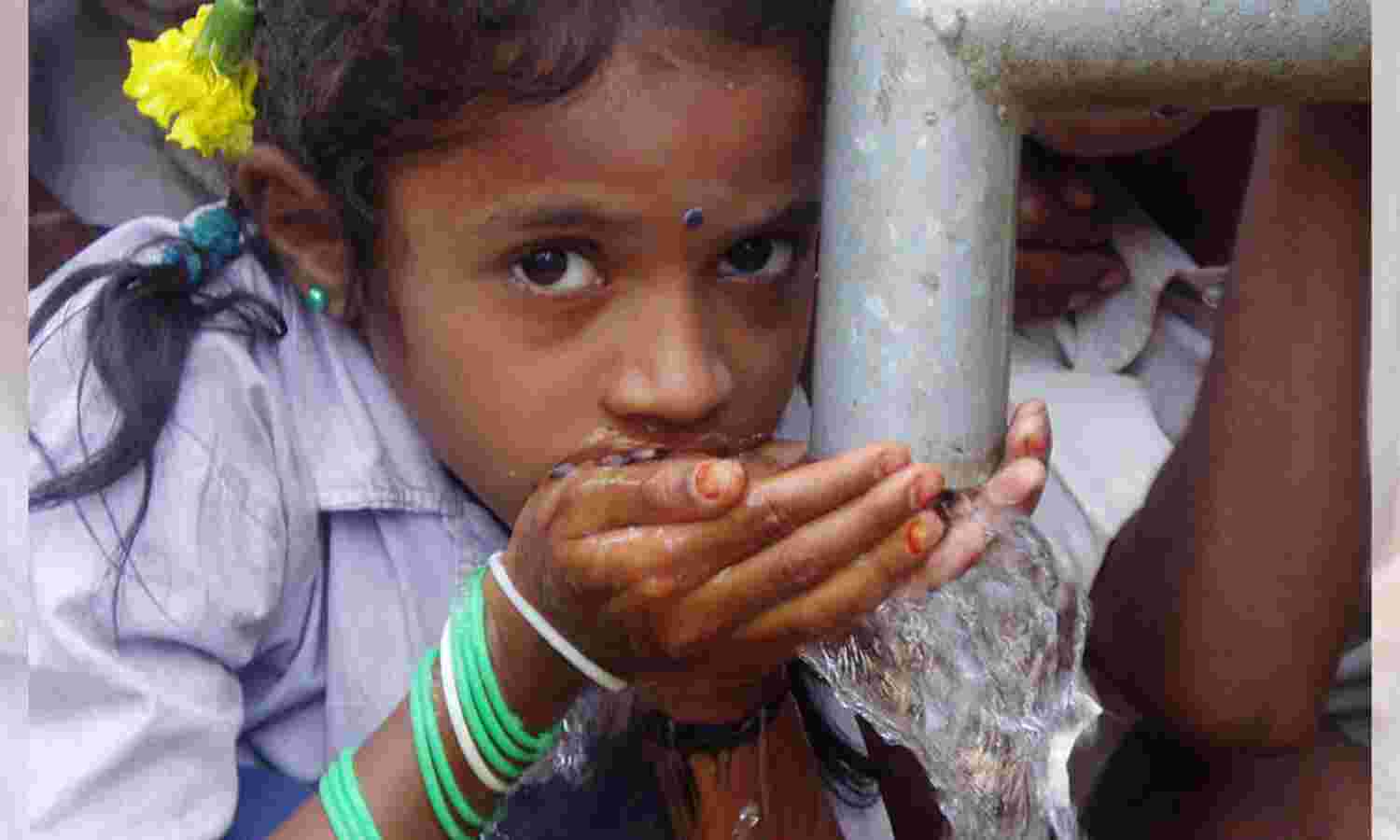Diarrhoea Took More Lives Than Any Other Water-Borne Disease In India

New Delhi: Over five years to 2017, water-borne diseases--cholera, diarrhoea, typhoid and viral hepatitis--caused 10,738 deaths, latest government data show.
Diarrhoea remained the leading killer, causing about 60% of all deaths, according to this reply to the Lok Sabha (lower house of Parliament) by Jai Prakash Nadda, minister for health and family welfare, on April 6, 2018.
India loses 73 million working days due to water-borne diseases, IndiaSpend reported on June 21, 2016.
India registered 69.14 million cases--or as many people as in United Kingdom--of four water-borne diseases over five years to 2017, govt data show.
Diarrhoea caused 6,514 deaths, the most of water-borne diseases in India, over five years to 2017. Other killers were viral hepatitis (2,143), typhoid (2,061) and cholera (20).
| Reported Cases And Deaths By Water-Borne Diseases in India | ||||||||||
|---|---|---|---|---|---|---|---|---|---|---|
| Disease | 2013 | 2014 | 2015 | 2016 | 2017 | |||||
| Cases | Deaths | Cases | Deaths | Cases | Deaths | Cases | Deaths | Cases | Deaths | |
| Cholera | 1130 | 5 | 844 | 5 | 913 | 4 | 718 | 3 | 385 | 3 |
| Acute Diarrhoeal Diseases | 11413610 | 1629 | 11748631 | 1137 | 12913606 | 1353 | 14166574 | 1555 | 9230572 | 840 |
| Typhoid | 1650145 | 387 | 1736687 | 425 | 1937413 | 452 | 2215805 | 511 | 1493050 | 286 |
| Viral Hepatitis | 110125 | 574 | 138554 | 400 | 140861 | 435 | 145970 | 451 | 98086 | 283 |
Source: Lok Sabha
Uttar Pradesh recorded most diarrhoea deaths
Uttar Pradesh, India's most populous state, recorded the most diarrhoeal deaths--22.21% of deaths nationwide--over five years to 2017, according to the data, followed by West Bengal (14.33%), Assam ( 12.03%), Odisha (10.63%) and Madhya Pradesh (7.24%).
Source: Lok Sabha
Limited access to safe drinking water
Water-borne diseases can be prevented with improved access to safe drinking water.
About 86% Indian households have access to "safe drinking water", according to official data.
The definition of "safe drinking water" explains the conundrum and helps the government exaggerate the numbers.
The Census considers water supply from hand pumps and tubewells as safe as piped drinking water although these sources are carriers of water-borne diseases, IndiaSpend reported on October 5, 2015.
The number of households provided with "safe drinking water" in India increased from 62% in 1991 to 78% percent in 2001 to 86% percent (83% rural and 91% urban) in 2011. No more than 44% of households have access to tap water; 32% have access to treated tap water.
Diarrhoea biggest threat to children under five
Diarrhoea is among the top reasons of under-five mortality--killing an estimated 321 children every day in 2015, according to data from the World Health Organization.
In a decade to 2015, India's efforts to tackle diarrhoea--a disease easily preventable through sanitation, safe drinking water and hygiene--have reduced the deaths of children below the age of four by 52%, IndiaSpend reported on March 27, 2018.
Despite the improvement, India lags many developing countries in the fight against diarrhoea. In 2015, deaths due to diarrhoea of Indian children under five accounted for 10% (117,285) of all deaths in the age-group, higher than 7% (3,273 children) in Myanmar, 7% (5,442 children) in Kenya and 9% (39,484 children) in Pakistan--countries with lower per capita incomes--IndiaSpend reported on July 29, 2017.
Diarrhoea, which results in dehydration, is also a leading cause of malnutrition globally. In 2016, India was ranked 114 of 132 nations on stunting (low height for age).
(Tripathi is a principal correspondent with IndiaSpend.)
We welcome feedback. Please write to respond@indiaspend.org. We reserve the right to edit responses for language and grammar.


